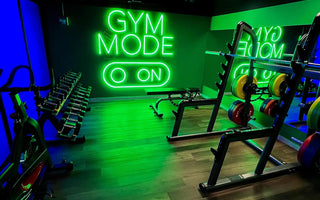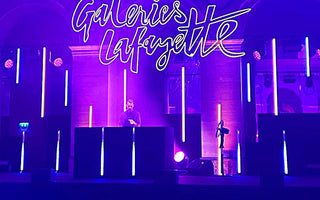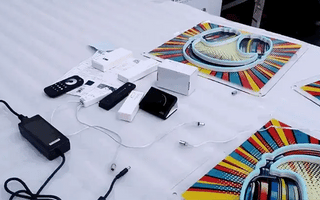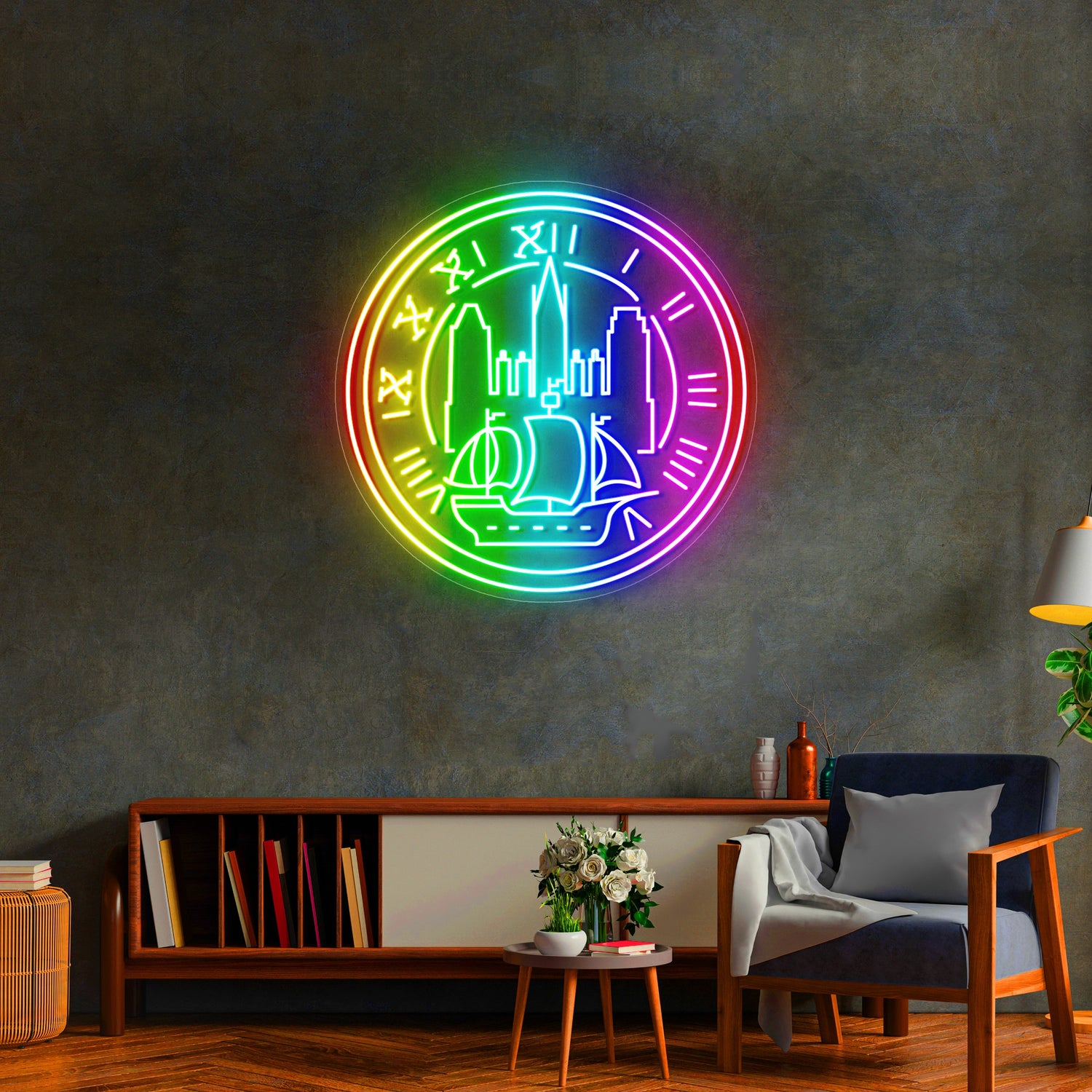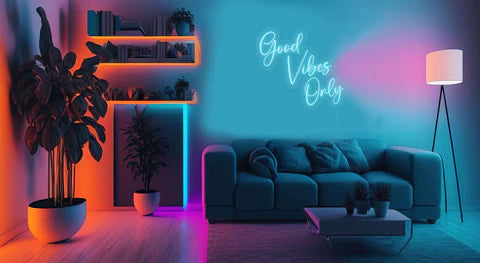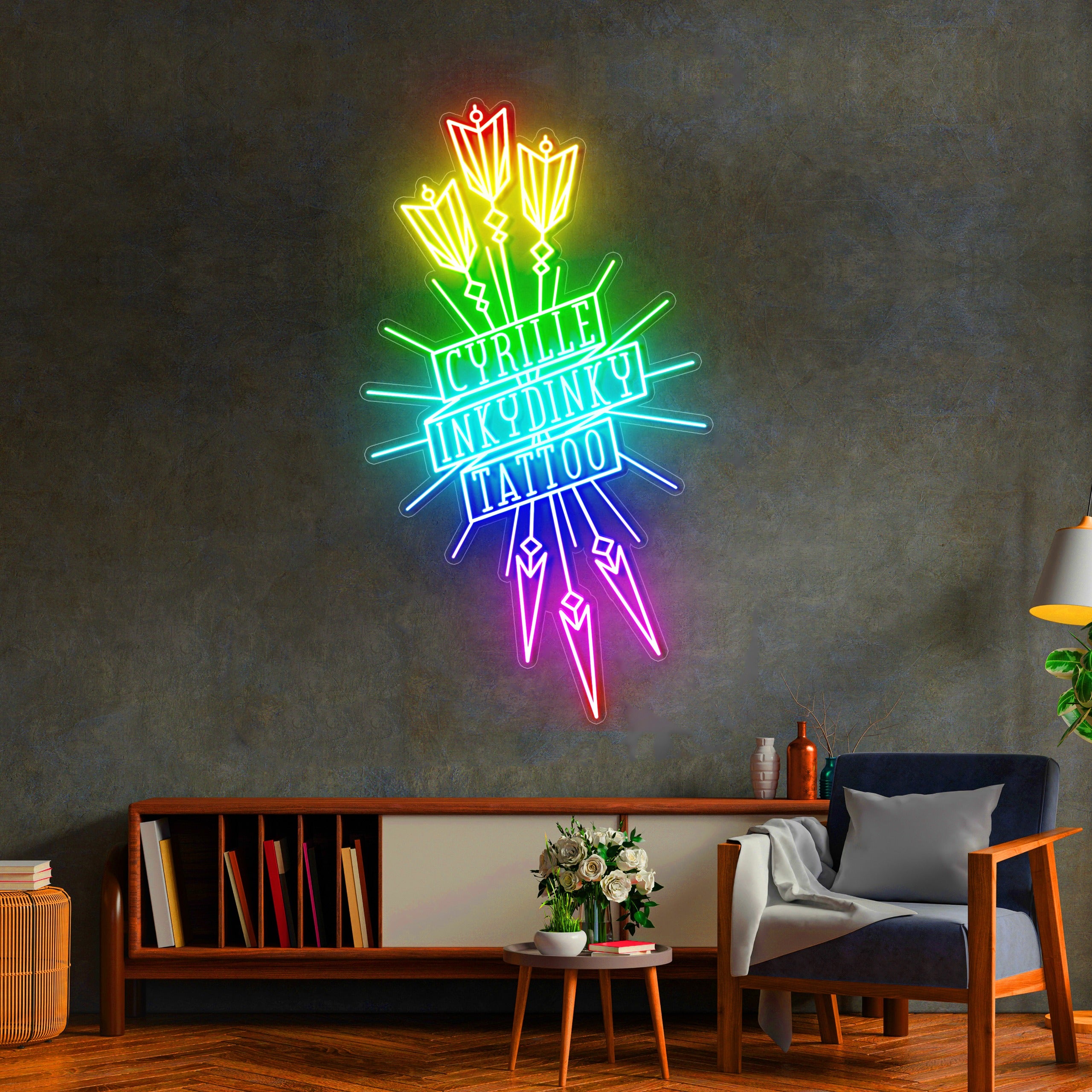Neon lighting has become a timeless design element, evolving from signage to an essential feature in both commercial and residential spaces. Understanding how to design with neon lights can enhance any environment, offering businesses and homeowners the opportunity to create vibrant, memorable spaces. In this article, we’ll explore essential tips for designing with neon and how it can benefit businesses looking to stand out.
Why Neon Lighting Matters in Design
Neon lights are more than just eye-catching décor; they set the tone for spaces, evoke emotions, and create a unique atmosphere. Whether it's for a modern office or a trendy café, neon designs have the power to transform environments, making them more inviting and engaging for customers.

Benefit for Businesses
Businesses that incorporate neon lighting often see higher customer engagement and a stronger brand presence. Neon signs and installations are visually striking, encouraging social media sharing and boosting visibility. Moreover, a well-designed neon piece can become an iconic part of a brand’s identity.
1. Choose the Right Colors
Color is one of the most critical aspects of neon design. Bright, bold hues such as electric blue, neon green, or hot pink can make a bold statement, while softer pastels like lavender or mint green create a more soothing effect.
Tip: Make sure the colors align with your brand’s identity and the atmosphere you want to create. For instance, warm neon tones work well in cozy cafés, while cooler shades might suit modern tech offices.
2. Placement is Key
Where you place neon lights can dramatically change the room's vibe. Wall-mounted neon signs are great for making a statement, while under-counter lighting or ceiling-mounted pieces can add subtle ambiance. For businesses, the right neon installation at your storefront or inside your venue can attract attention and invite people in.
Tip: Consider how neon lights interact with other design elements like furniture or art. Neon lights should complement the room rather than overpower it.
3. Balance Brightness
Neon lights can be extremely bright, so it’s essential to consider the brightness level. For cozy spaces, a dimmer neon light might be more appropriate, while bright lights are ideal for areas that need to capture attention, like retail spaces or nightclubs.
Check out more tips on neon lighting design here.
4. Embrace Customization
One of the biggest advantages of neon lights is their customization potential. Whether you want a specific phrase, a logo, or a symbol, neon designs can be tailored to your exact specifications. This flexibility makes them perfect for businesses looking to display their brand in a unique and engaging way.
Tip: Make sure your custom neon design is easily recognizable and aligned with your brand’s values. It should be something that resonates with your target audience.
5. Maintain Your Neon Lights
Neon lights require maintenance to ensure they remain as bright and effective as when they were first installed. Regularly clean the bulbs and check for any signs of wear. Most modern neon lights are energy-efficient and long-lasting, but it’s always a good idea to keep them well-maintained.
Learn more about neon lighting maintenance here.

Neon Lighting for the Future
Neon lighting has come a long way, and its evolution is shaping the future of interior design. Businesses that embrace neon in their design not only benefit from enhanced aesthetics but also from increased customer engagement. With the right colors, placement, and brightness, neon lights can become a centerpiece that sets your space apart from the competition.




